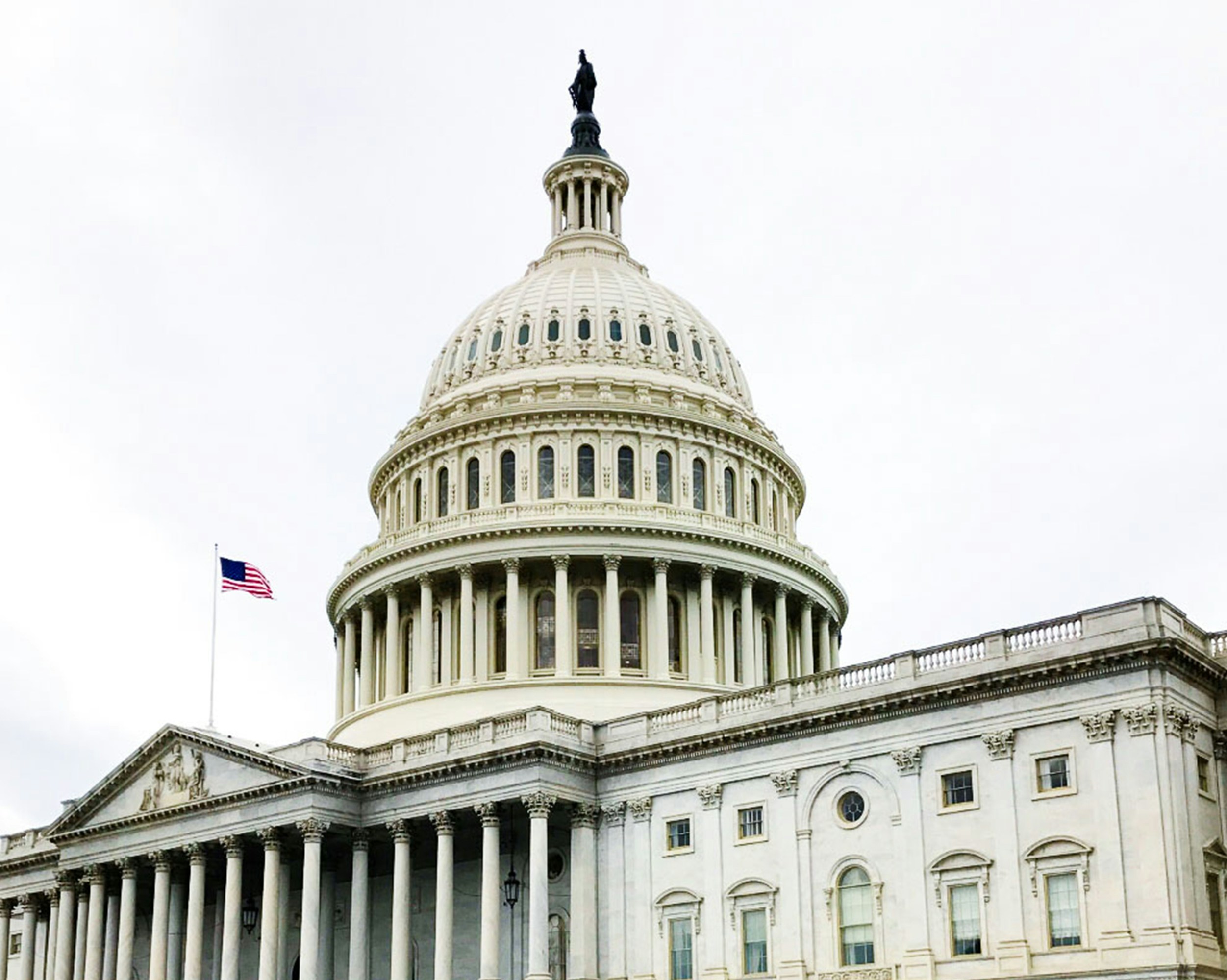
Celebrating Women’s History Month – Paying Tribute to Justice Sandra Day O’Connor
- Breaking News
As we honor women and their accomplishments during March, we find it appropriate to acknowledge the significance of one of the most impactful female figures in justice – Sandra Day O’Connor.
From cattle ranches to the highest court in the land, Justice O’Connor was renowned for shattering centuries-old glass ceilings. Appointed in 1981, she made history as the first woman to sit on the United States Supreme Court. Prior to her judicial career, she also became the first female majority leader of the Arizona state senate. Justice O’Connor’s upbringing, however, wasn’t solely immersed in politics. Justice O’Connor was raised on a cattle ranch during the Great Depression where she learned the value of hard work and developed feminist principles. As the eldest of three siblings, she shouldered ranching duties typically performed by men, including cattle drives. She has remarked that the ranch life primed her for future challenges, stating, “it had been an all-male domain. Changing it to accommodate a female was probably my first initiation into joining an all-men’s club, something I did more than once in my life.”
After graduating with a bachelor’s degree from Stanford University (where she’d enrolled at the age of 16 and still finished in less than four years), the future Supreme Court Justice enrolled in Stanford Law School as one of only four women in her class. Despite graduating at the top of her class, Justice O’Connor faced difficulty securing employment as a lawyer after graduation. Initially, she worked pro bono for the San Mateo County government before relocating to Germany with her husband, who served in the Army. There, she worked as a civilian lawyer for the Army. Upon their return, she encountered further challenges in finding employment. She ultimately decided to establish her own practice and took on about every case she could find.
Her legal career became even more challenging after having children, given the demanding nature of the profession and the absence of adequate childcare – challenges that still ring true today. Yet, Justice O’Connor navigated the challenges of motherhood while juggling multiple legal positions, volunteer commitments, and political involvement.
Upon her return to the workforce after a brief hiatus, Justice O’Connor served as an assistant state attorney general until being appointed to the Arizona Senate and then the Republican majority leader. She then went on to receive a court judgeship and was appointed to the Arizona Court of Appeals shortly thereafter. In 1981, Justice O’Connor was appointed as the first female on the United States Supreme Court by President Reagan, despite some political backlash. Over her 24 years on the bench, she authored 645 opinions and played crucial roles in cases that remain contentious today, such as Planned Parenthood v. Casey (1992) and Grutter v. Bollinger (2003).
Justice O’Connor’s story reminds us of the challenges women faced – and continue to face today. But it is also a reminder of the impact women bring to the legal profession and society as a whole.





